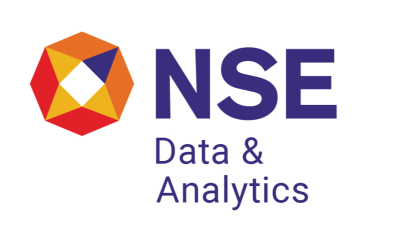Fixed Income Leaders Summit APAC 2025
November 4, 2025
One Farrer Hotel, Singapore
Whitepaper & Video Center

Fixed Income Leader's Summit APAC Attendee List 2025
With job titles such as Global/Regional Head of Fixed Income Trading, Head of Fixed Income, Portfolio Manager, Head of Execution, Chief Investment Officer, Head of Bonds and Head of Derivatives, the Fixed Income Leaders Summit is the only APAC conference dedicated to the buy side with 200 buy side participants under one roof. Download and find out more attendee information for Fixed Income Leaders Summit APAC.

Future Of Fixed Income & FX: How to capitalise as we traverse times of uncertainty
The Fixed Income & FX Leaders Benchmarking report reflects the direction that finance will take as market conditions become more complex and institutions struggle to control inflation. We discuss insights from the business world regarding various scenario expectations, investor concerns, and techniques that can help build better portfolios in the future while reducing risk as we move through difficult times.

India’s Economic Evolution: INR’s Role, Policy Shifts, and Future Growth Opportunities
India boasts a stable currency, alongside strong macroeconomic fundamentals, government policies, ample foreign exchange reserves and a vibrant economy. With its focus on leveraging global value chains to boost their local manufacturing industry, they have an aspiration to achieve the exports of USD 2 Tn by 2030. This case study, featuring insights from Shamit Chokshi, Head of Offshore Fund Investments from ICICI Prudential AMC, seeks to explore the integral role of INR in the global economy as India navigates its way through a series of challenges including the rise of crude oil prices and the recent inclusion in major local currency bonds indices.

Buy-side Fixed Income Trading in Asia: A Closer Look at Electronic Trading Priorities
In Q4 of 2020, WBR Insights surveyed one hundred buy-side Heads of Fixed Income Trading, Heads of Trading and Heads of Technology from Singapore, Hong Kong and Australia. The objective of this survey was to better understand their approach to implementing automation technology within their organizations. This report aims to illuminate how the buy side is evaluating new opportunities for implementing electronification within the region, especially in light of COVID-19’s impact on trading workflows.




